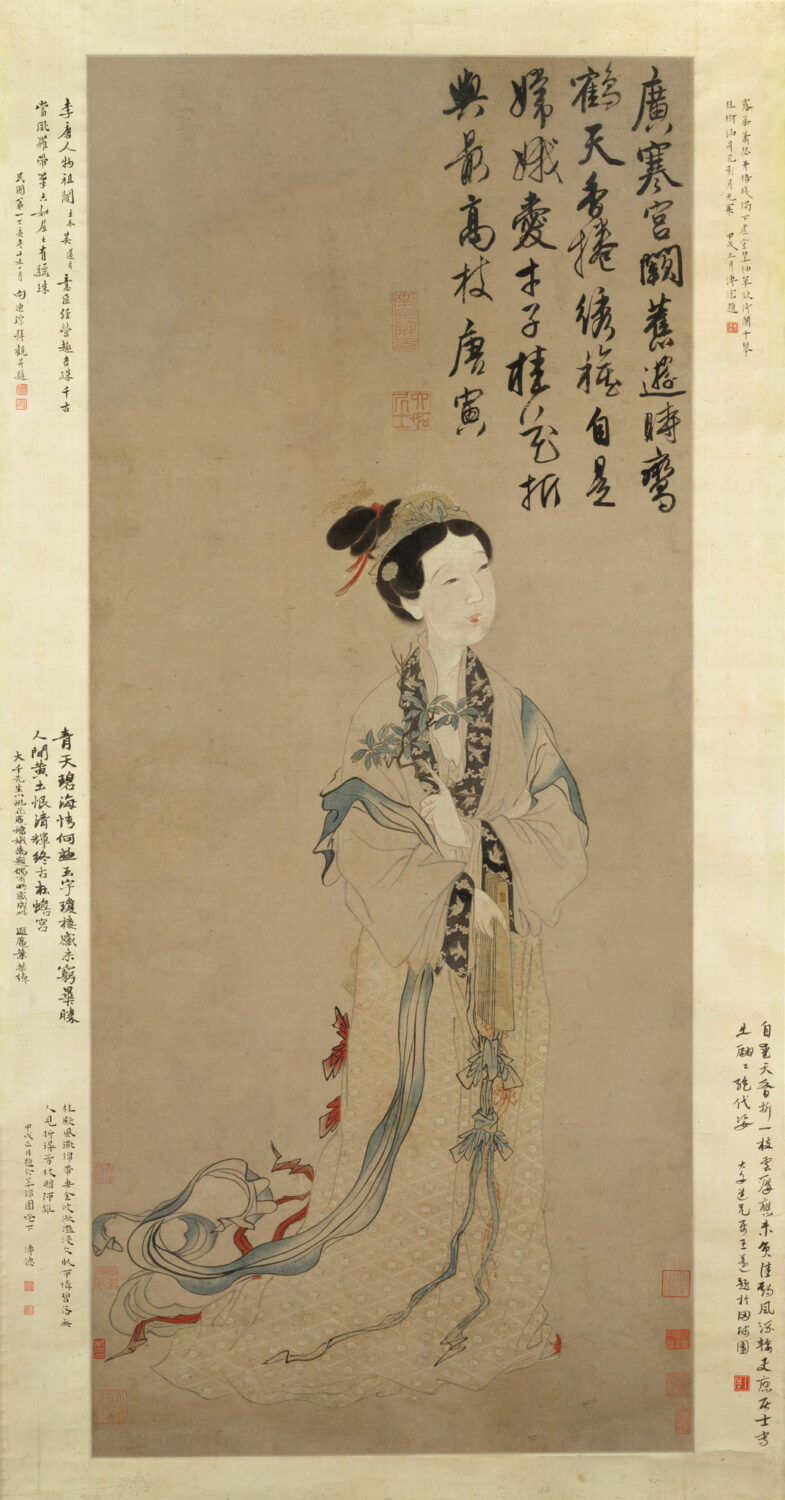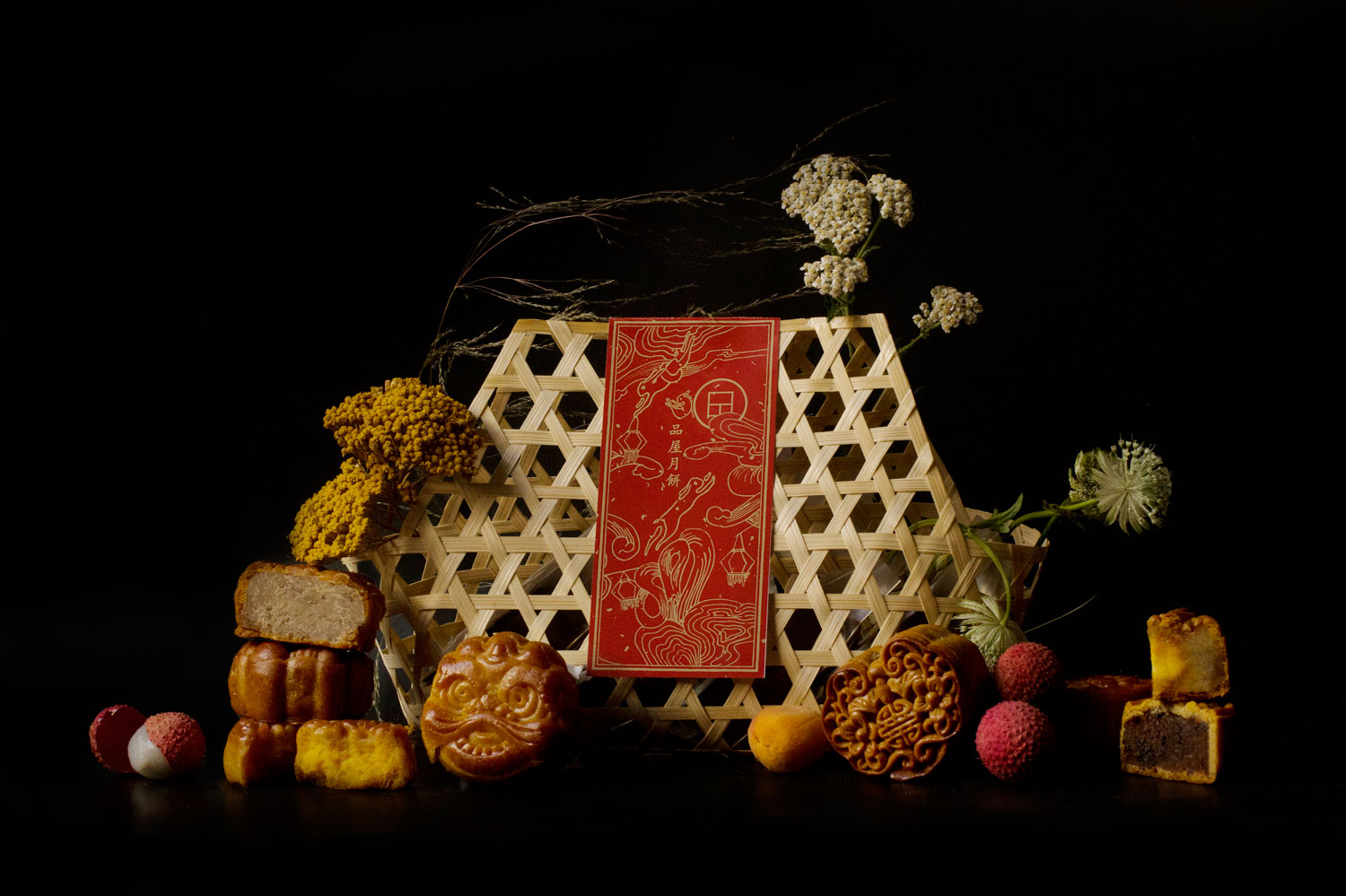A History Of The Mooncake With Bun House Founder Z He
By Something CuratedA key event in China’s cultural and culinary calendar, the Mid-Autumn Festival, falling this year on Saturday 10 September, marks the point at which the moon is at its brightest and roundest, when loved ones typically gather for communal feasting and toasting. To pay homage to this auspicious occasion, Bun House founder Z He has created an ornate selection of mooncakes, each encased in a golden brown, soft pastry shell, embossed with traditional Cantonese designs symbolising longevity and prosperity. Ancient Chinese emperors worshiped the harvest moon in autumn, as they believed that the practice would bring them a plentiful harvest the following year. The most popular mooncake variety, also called the Cantonese style, is thick and round. Traditional fillings include red bean, lotus bean or jujube paste – other ingredients are also included in the filling, like salted duck egg yolks, nuts and seeds.

The earliest reference to mooncakes, known as yue bing, dates back to the Song Dynasty. The traditional Chinese pastry was notably mentioned in the Southern Song Dynasty Chronicle by Wu Zhimu. Before this, though, the tradition of using baked cakes as an edible offering to lunar gods and goddesses long existed in the Middle Kingdom. During these earlier centuries, the pastry was referred to with other names such as yue tuan and xiao bing. During the reign of Tang Dynasty Emperor Xizong, mooncakes were also gifted by the imperial court to visiting scholars during the Mid-Autumn Festival. This practice likely inspired the pastry’s association with the festival. But while the connection may date to the Tang Dynasty, the widespread practice of making and eating mooncakes during the Mid-Autumn Festival only flourished during the Ming Dynasty.
Mooncakes are closely associated with Chang’e, described by many modern texts as the Chinese goddess of the moon and the symbol of the Mid-Autumn Festival. Bun House Founder Z He tells Something Curated: “My earliest mooncake memory is my mom telling me the legend of the Mid-Autumn Festival – the love story between Chang’e and Houyi. The mooncake exchange starts around a month prior to the festival, when family and friends exchange mooncakes of all styles. By the day of the actual festival, from homemade to store-bought, gifted tins of mooncakes would have piled up in the kitchen waiting to be devoured. On the day, we would first offer the cakes to the moon goddess before we dug in.”

As the legend goes, mooncakes played a critical role in the overthrowing of the Mongolian Yuan Dynasty. According to stories, Zhu Yuanzhang, the founder of the succeeding Ming Dynasty, concocted a report that a terrible plague was spreading and that the only way to avoid infection was to consume a specific variety of mooncake. Covert messages indicating the intended date of a planned uprising were then hidden in the fillings. The date set was the fifteenth day of the eighth lunar month, the Chinese Mid-Autumn Festival. In another rendition of this tale, a secret message was encrypted into the auspicious characters on the cakes. As the pastry is usually given in boxes of four, the message was imperceptible until slices from each of the four cakes were positioned together.
Expanding on the thinking behind the beautiful designs of Bun House’s mooncakes, He tells: “The Ruyi shape, resembling a heart, is a traditional motif signifying fortune and happiness. The lion head is from the classic Chinese folklore, a symbol of courage.” And on the confections’ fillings she adds: “This year we have created four flavours for our mooncakes. Two traditional flavours – Sweet Lotus: a luscious lotus paste wrapped around a golden salted egg yolk; Red Bean: a sweet and slightly savoury red bean highlighted with aged mandarin peel. And two more modern flavours – Chestnut Cream: mildly sweet chestnut whipped into a smooth dense cream; and Egg Custard: a modern classic flavour. This mooncake will remind our customers of our custard bun filling! All the fillings are wrapped individually in a classic buttery mooncake pastry. They are soft and caramelly, without being overwhelmingly sweet.”
Bun House’s mooncakes will be available until 10 September 2022 (or until sold out) in London locations, including Bun House Chinatown, Bun House Hawley Wharf, Wun’s Tea Room & Bar and Pleasant Lady Old Spitalfields Market.
Feature image: Photo: Kenneth Lam / Courtesy Bun House